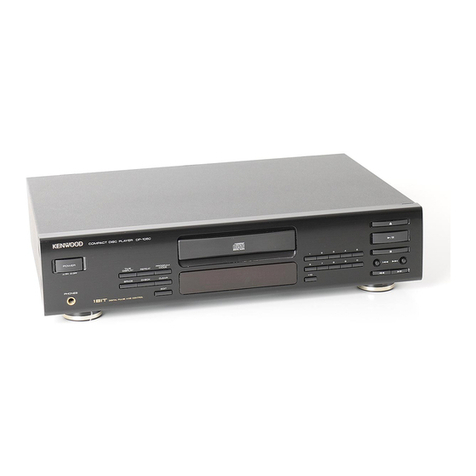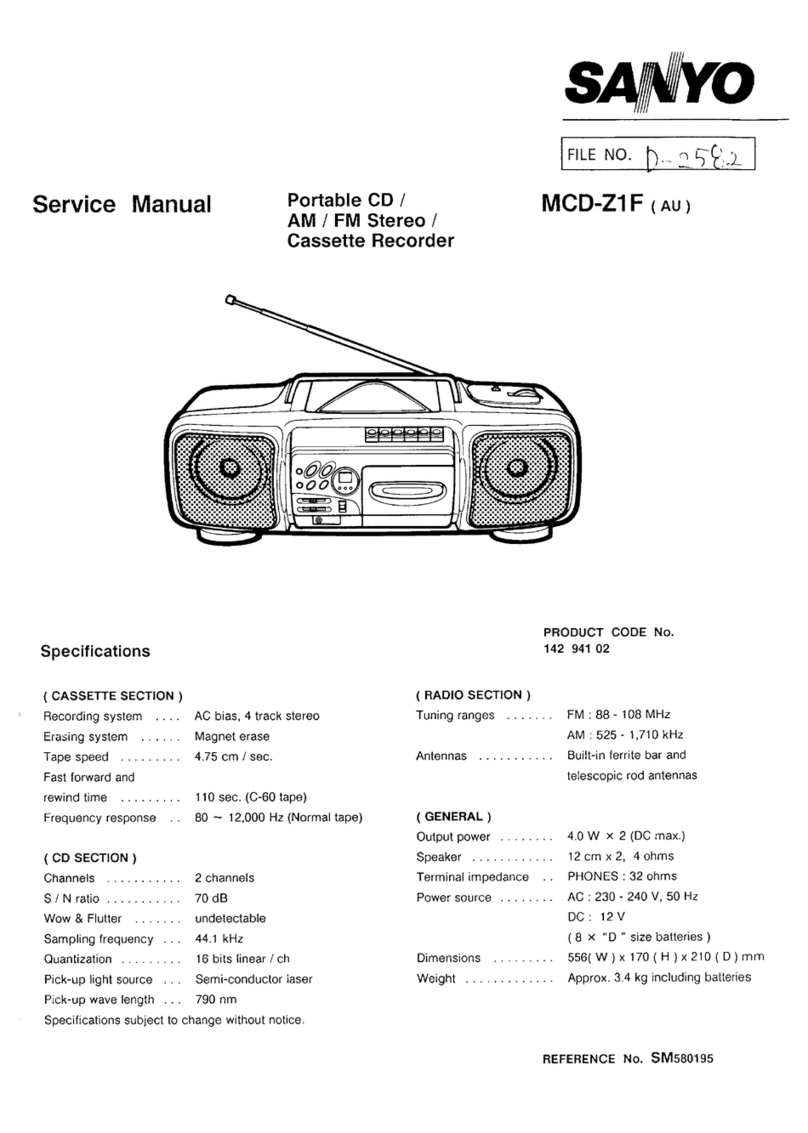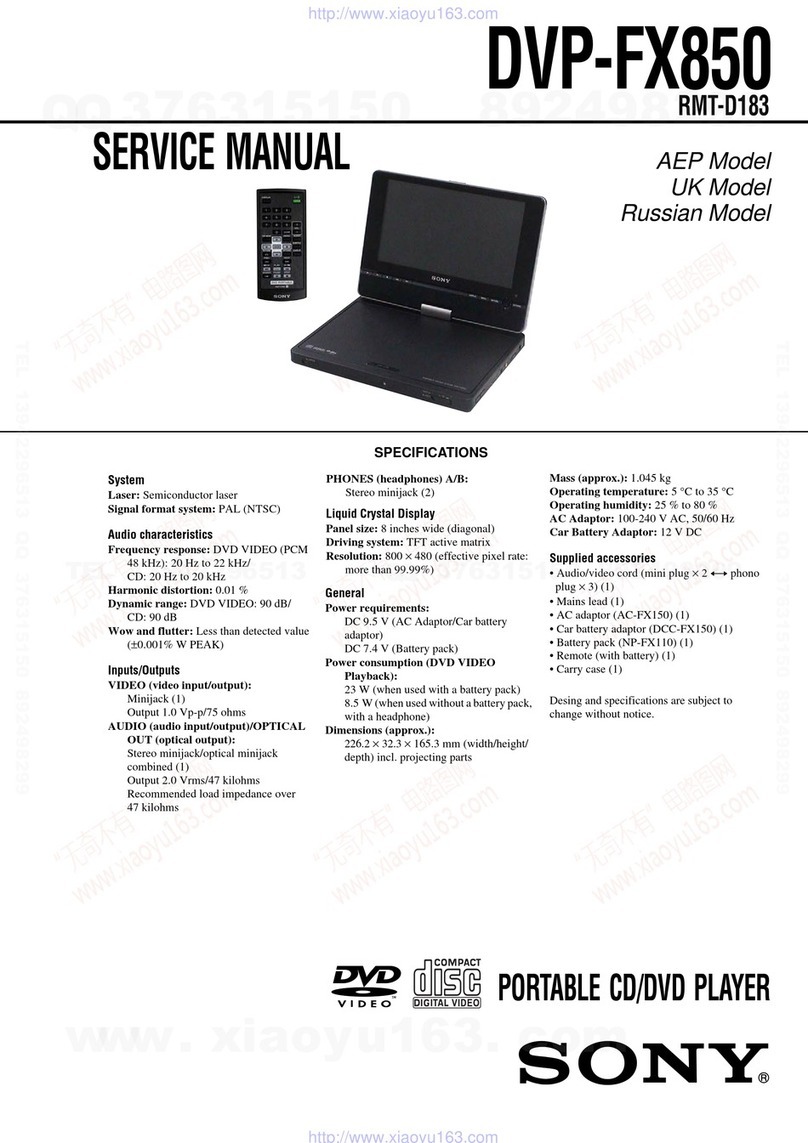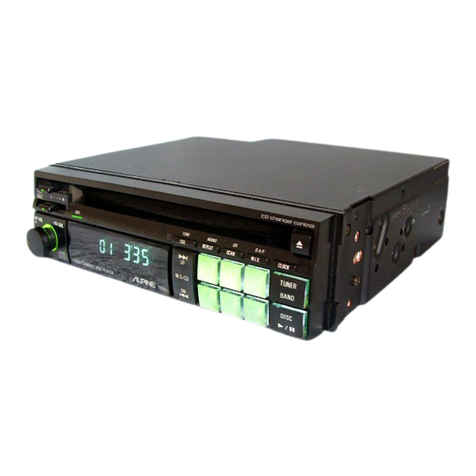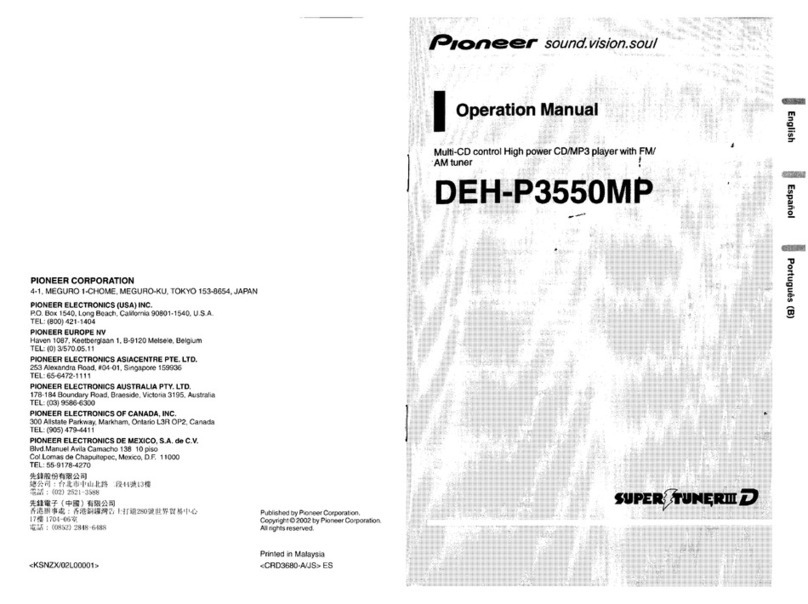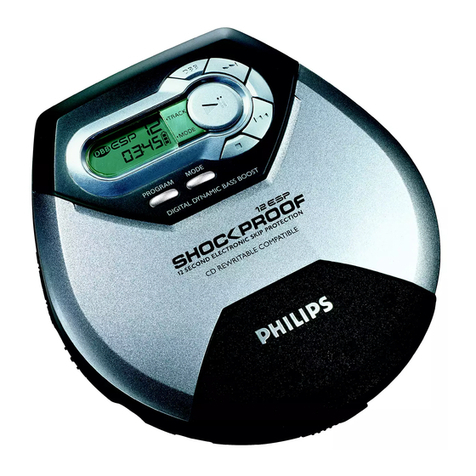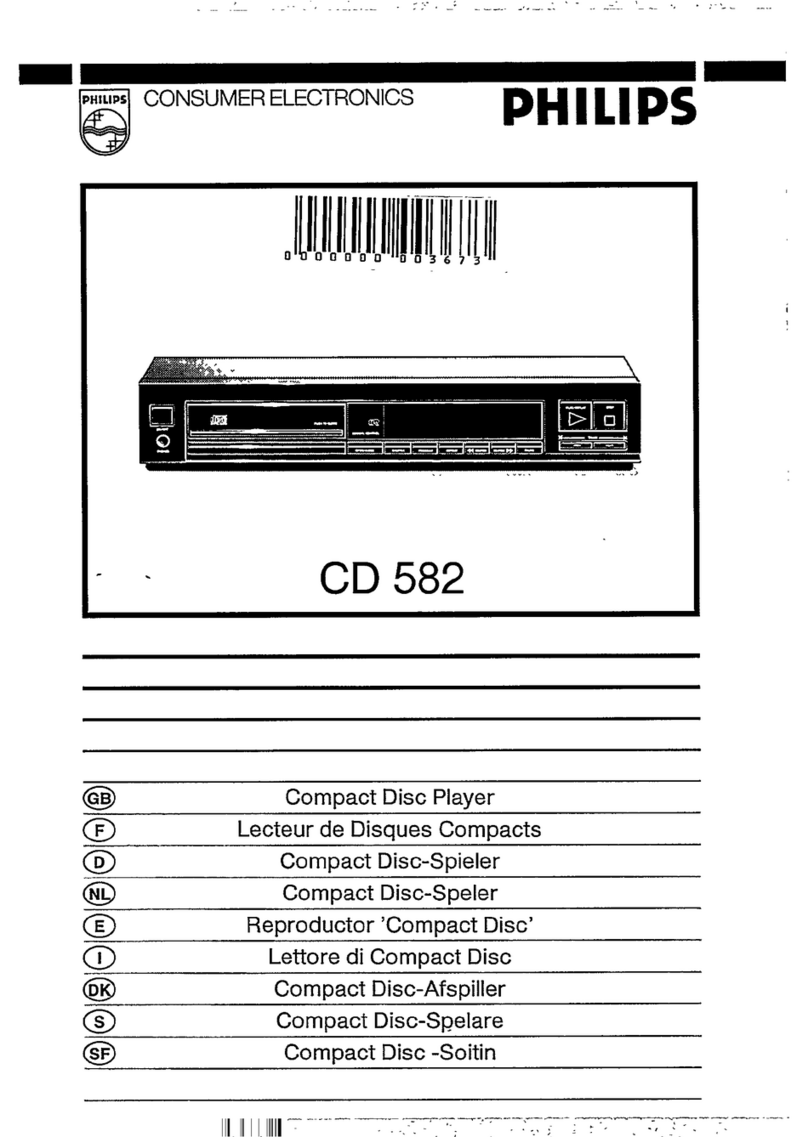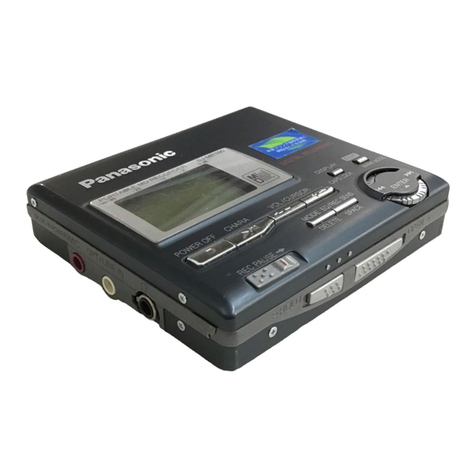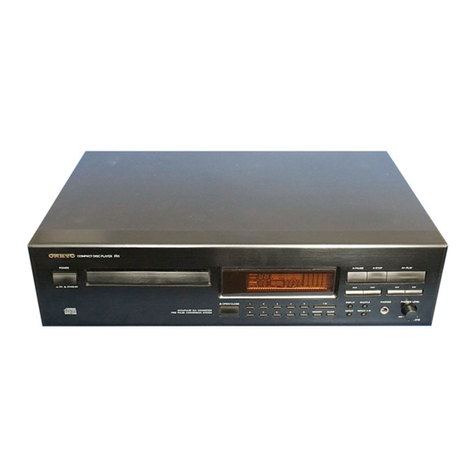Kenwood DP-4020 User manual
Other Kenwood CD Player manuals
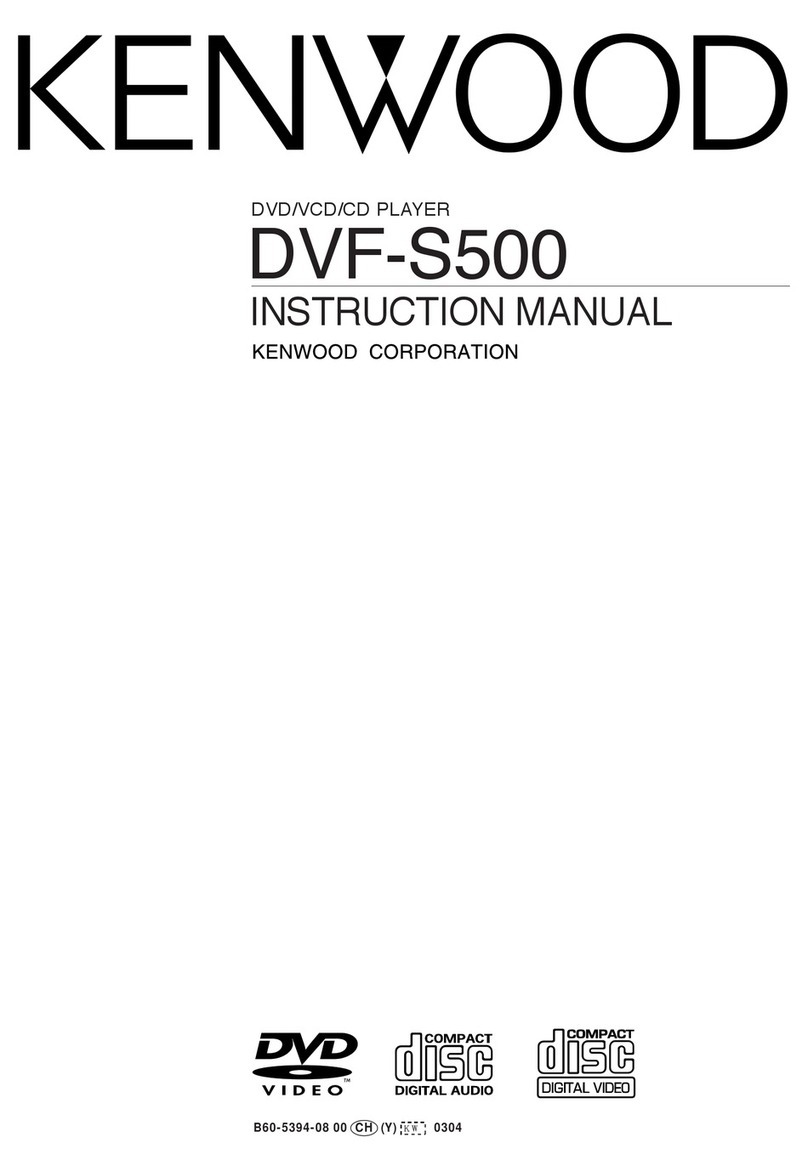
Kenwood
Kenwood DVF-S500 User manual
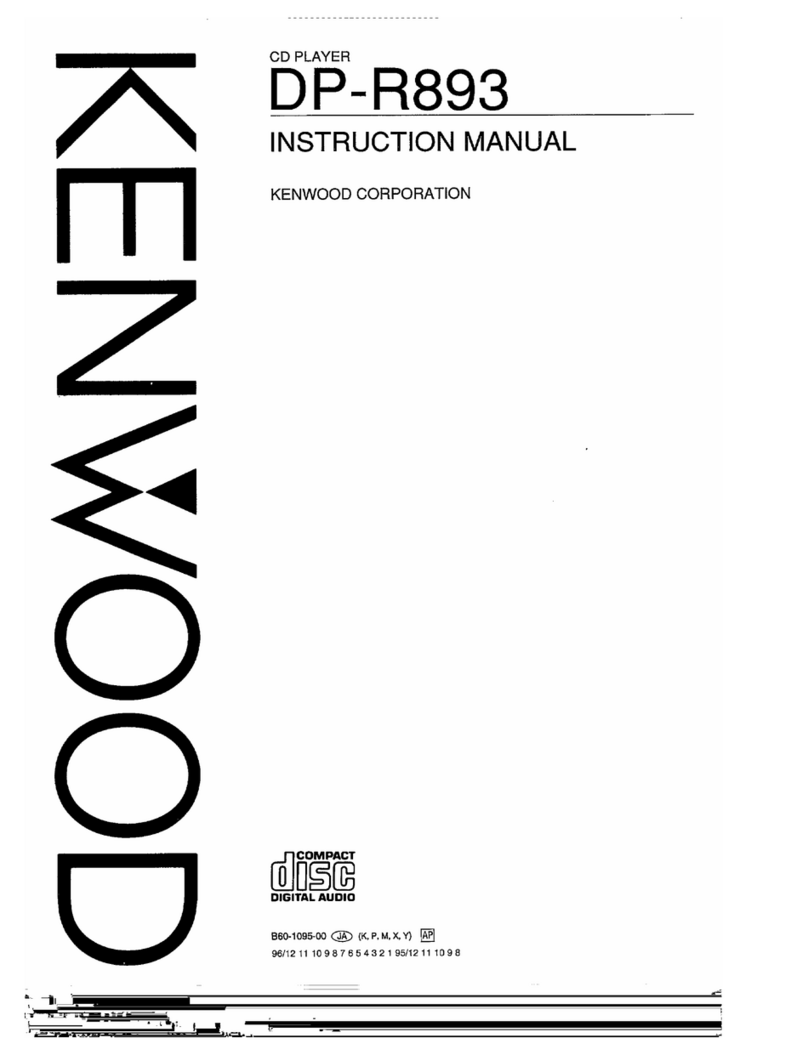
Kenwood
Kenwood DP-R893 User manual
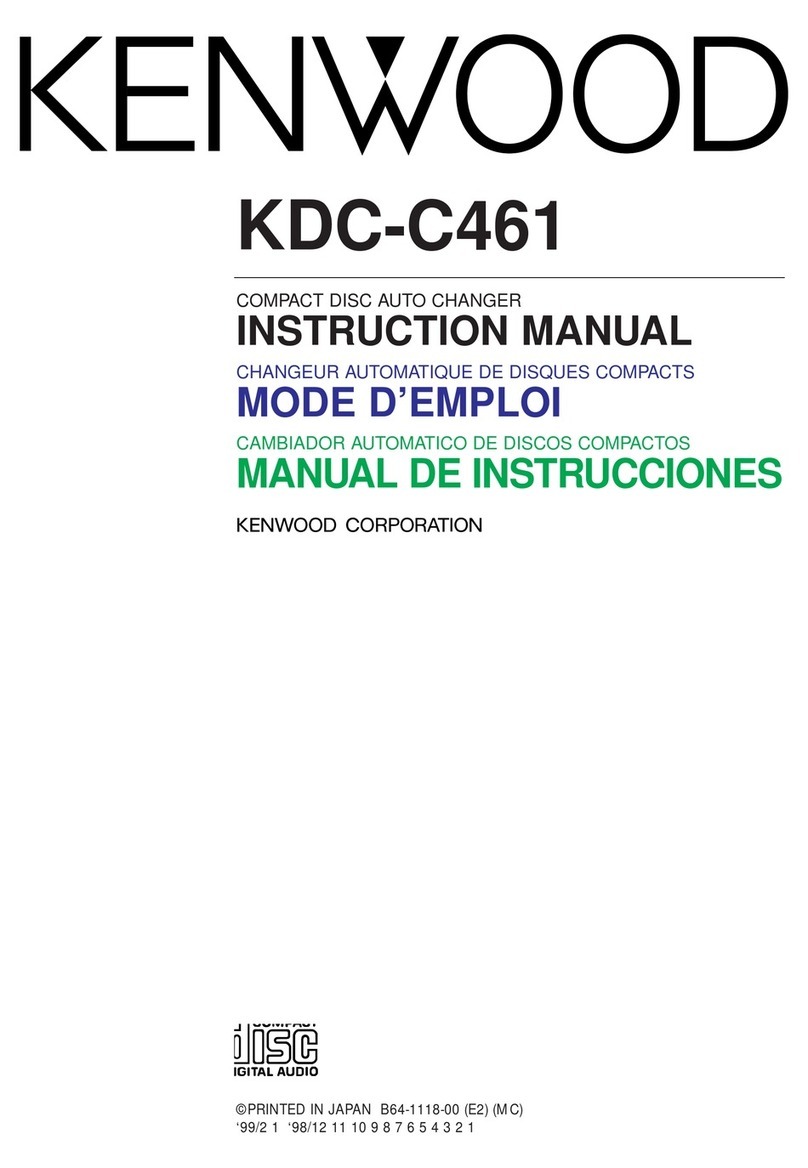
Kenwood
Kenwood KDC-C461 User manual

Kenwood
Kenwood KDC-V6017 User manual

Kenwood
Kenwood DPC-731 User manual

Kenwood
Kenwood DPC-761 User manual
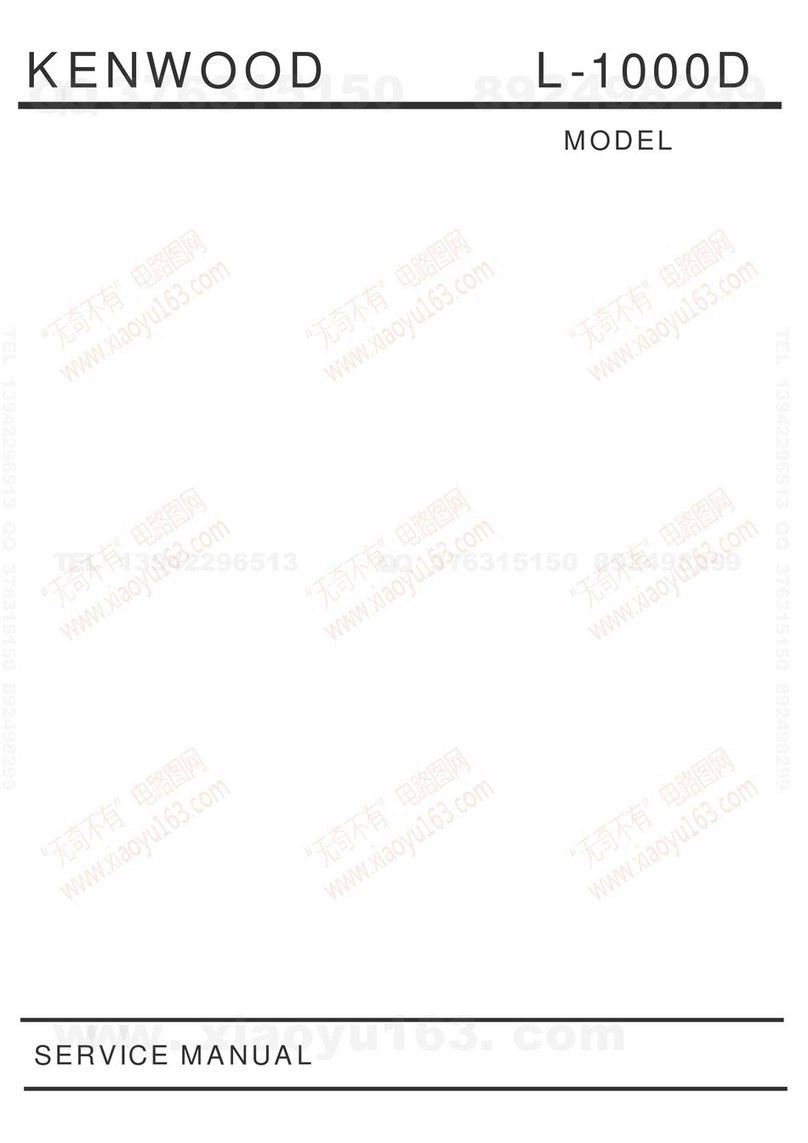
Kenwood
Kenwood L-1000D User manual

Kenwood
Kenwood DPC-55 User manual

Kenwood
Kenwood DP-M5550 User manual
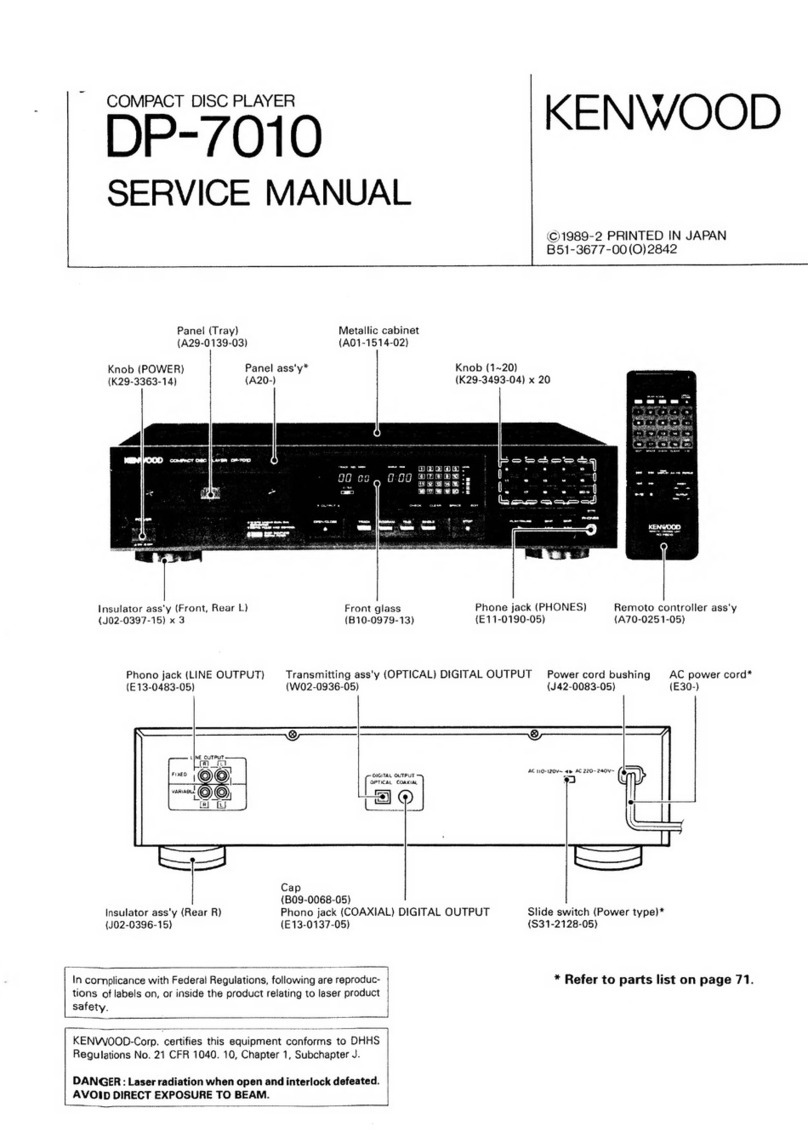
Kenwood
Kenwood DP-7010 User manual
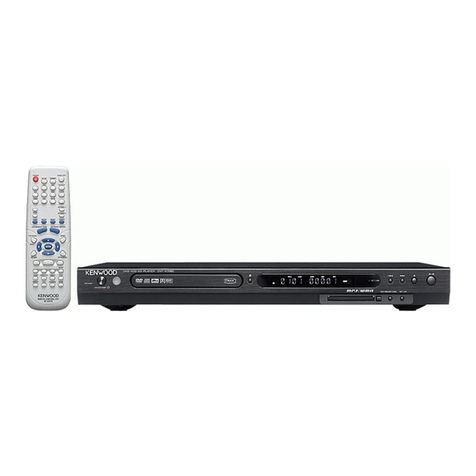
Kenwood
Kenwood DVF-N7080 User manual
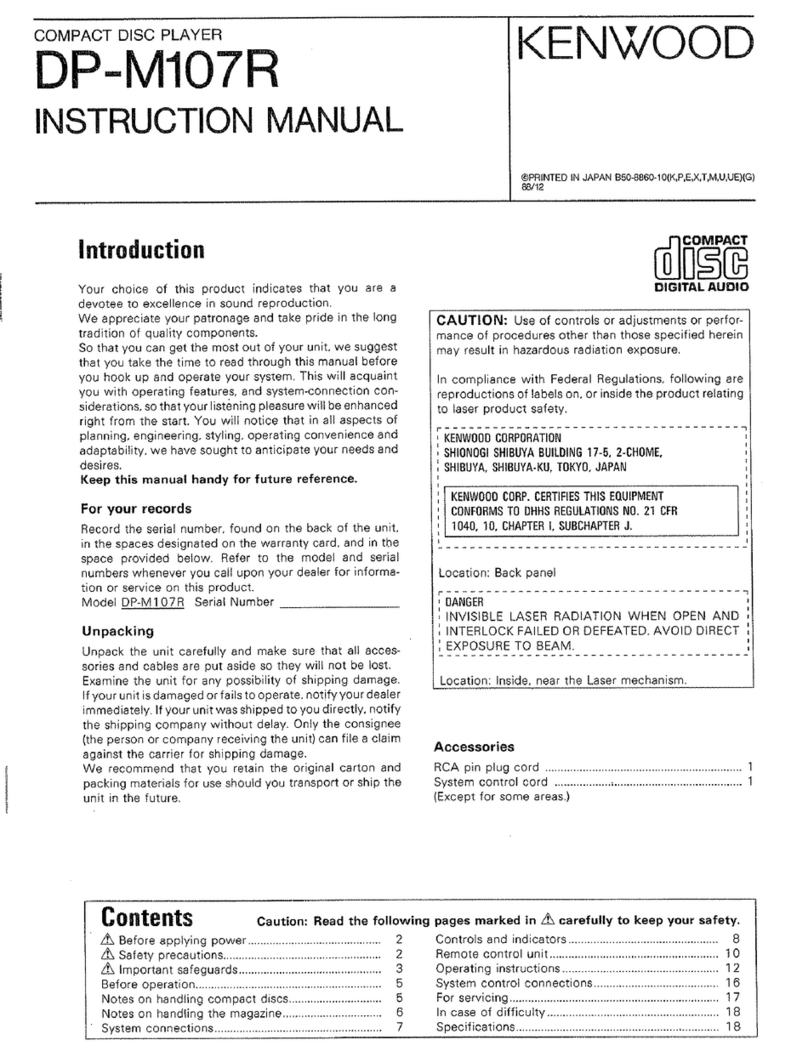
Kenwood
Kenwood DP-M107R User manual
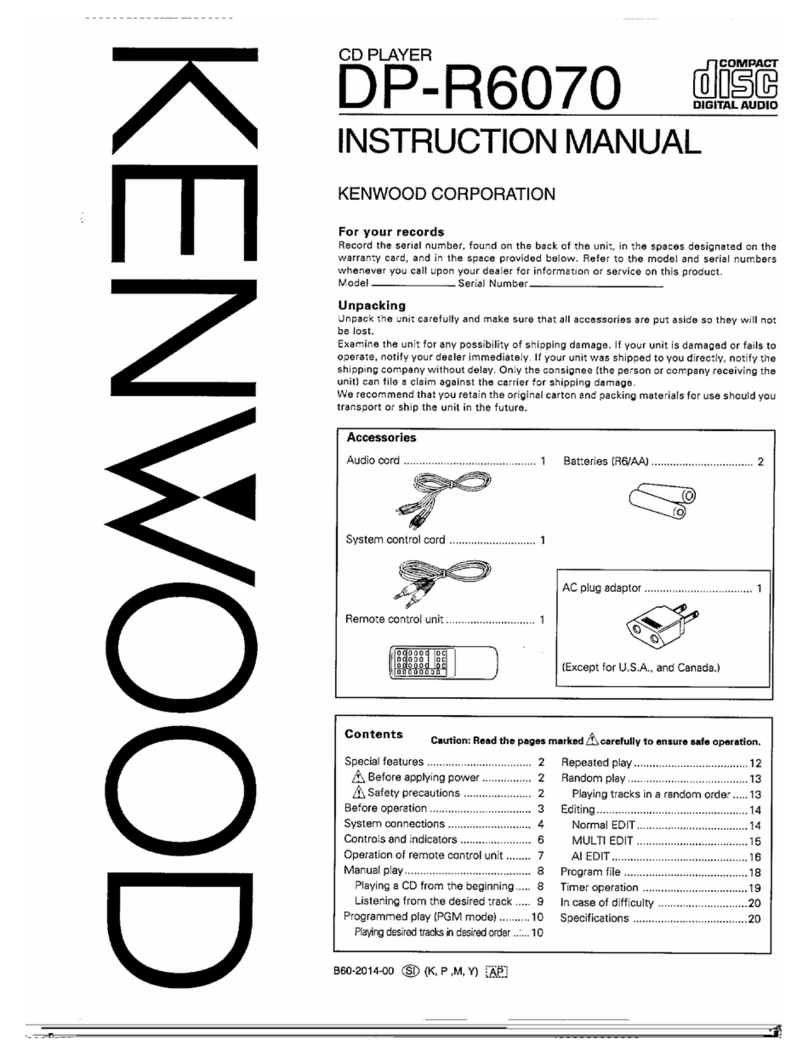
Kenwood
Kenwood DP-R6070 User manual

Kenwood
Kenwood DPC-341 User manual
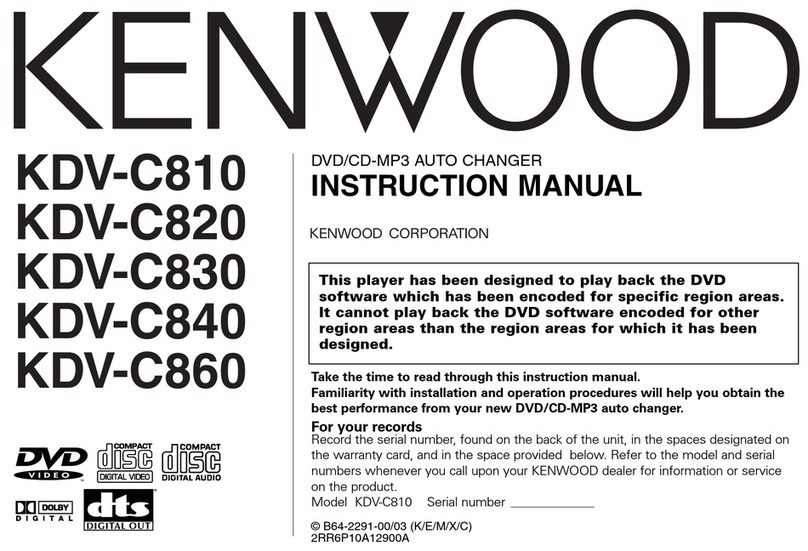
Kenwood
Kenwood KDV-C810 User manual
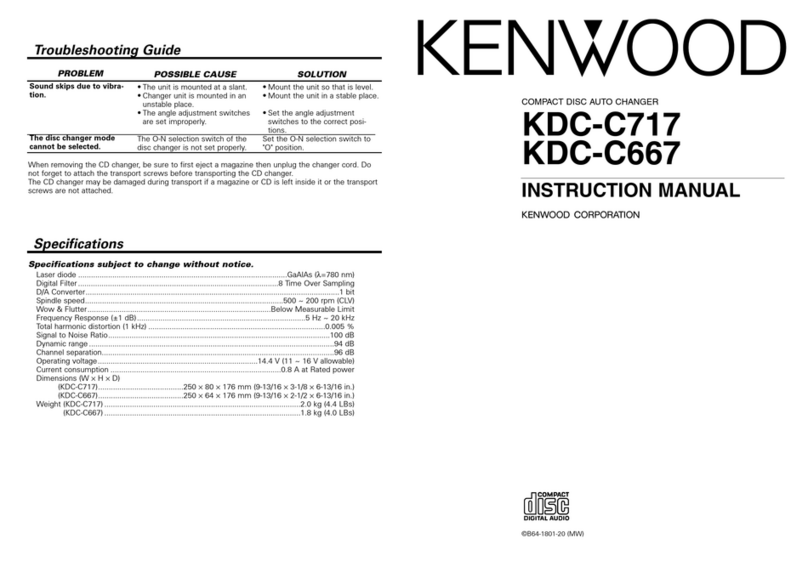
Kenwood
Kenwood KDC-C667 User manual

Kenwood
Kenwood CD-223M User manual

Kenwood
Kenwood DVF-3500 User manual
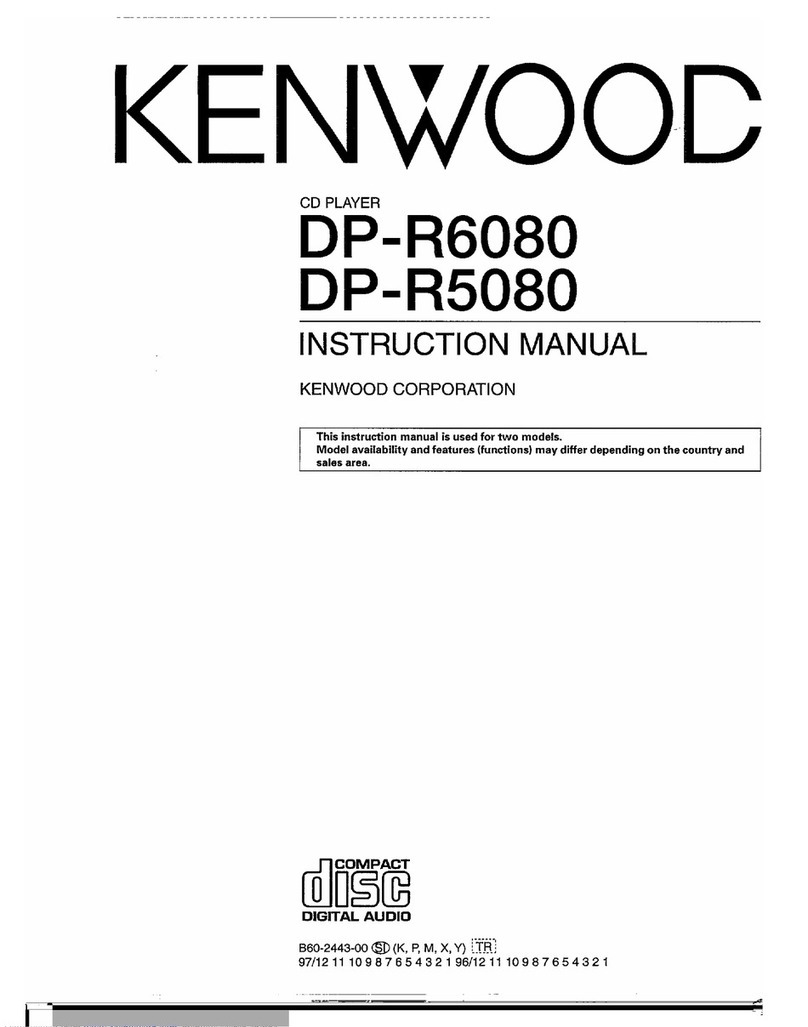
Kenwood
Kenwood DP-R6080 User manual

Kenwood
Kenwood DPC-951 User manual

